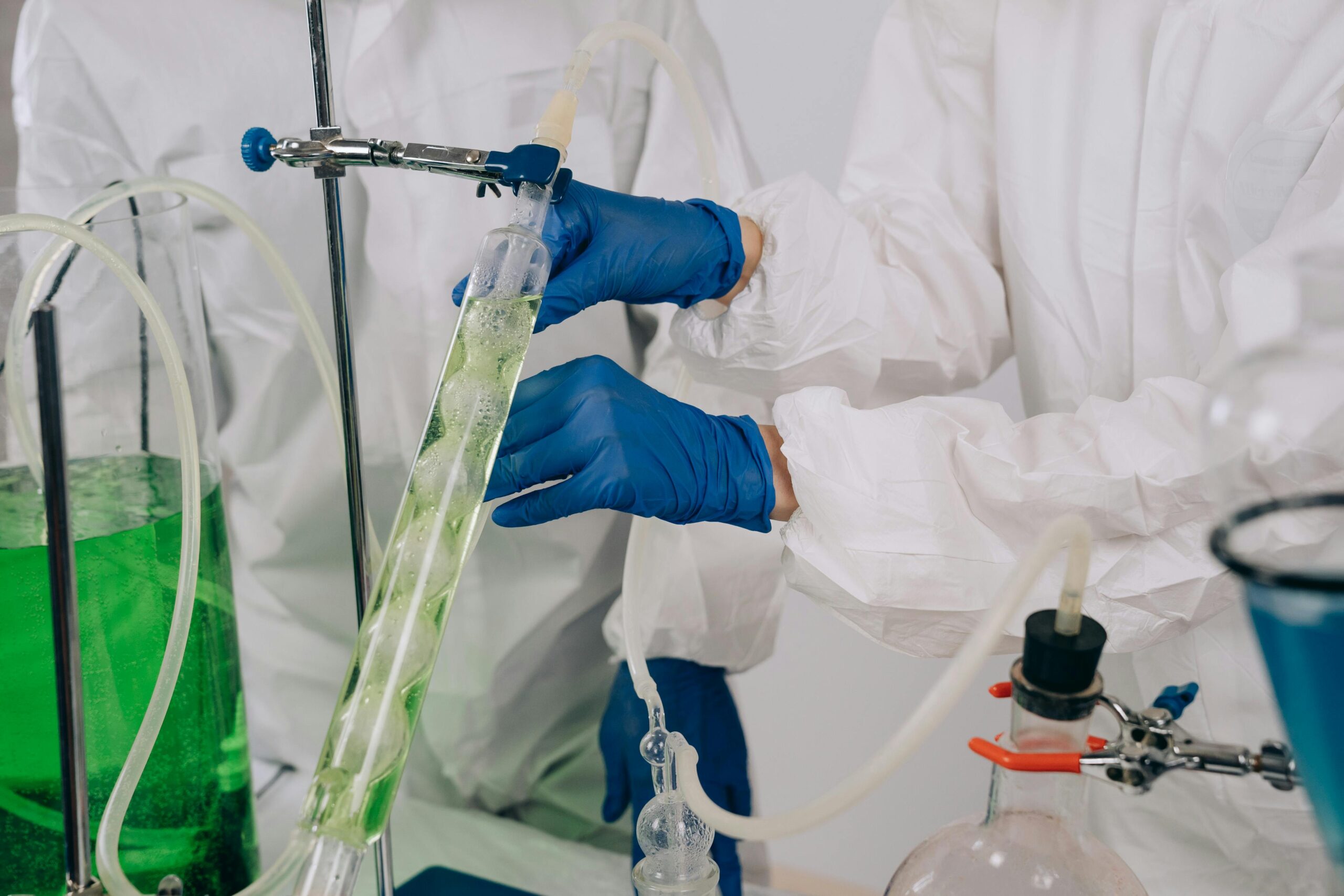Citric acid, a widely used organic acid in various industries, has grown in demand due to its versatility in food, pharmaceuticals, cosmetics, and industrial applications. Among the most efficient and sustainable methods for producing citric acid is the fermentation of molasses, a byproduct of sugar production. Molasses serves as a cost-effective and abundant raw material, making it an ideal choice for industrial-scale citric acid production. This article explores the process of producing citric acid from molasses, its benefits, and its significance across multiple sectors.
What is Molasses?
Molasses is a thick, dark syrup that remains after the extraction of sugar crystals from sugarcane or sugar beet juice. Rich in sucrose, glucose, and fructose, molasses is a valuable substrate for microbial fermentation processes. Its low cost and widespread availability make it an ideal raw material for citric acid production, especially in countries with large sugar industries.
Citric Acid: Applications and Importance
Citric acid is a weak organic acid that occurs naturally in citrus fruits like lemons and limes. It plays a crucial role in several industries:
- Food and Beverage: Citric acid is commonly used as a preservative, flavor enhancer, and acidulant in products like soft drinks, candies, and processed foods.
- Pharmaceuticals: It stabilizes medications, syrups, and supplements, and aids in drug formulation.
- Cosmetics: Citric acid is used in skincare products due to its exfoliating and antioxidant properties.
- Industrial Applications: It is widely used as a cleaning agent, water softener, and chelating agent in various industrial processes.
The Citric Acid Production Process Using Molasses
Producing citric acid from molasses is primarily a fermentation process that relies on the sugar content of molasses and specific microorganisms. The steps in this process include:
1. Molasses Preparation:
- Dilution: The molasses is first diluted with water to adjust its sugar concentration, making it suitable for fermentation.
- Sterilization: To ensure that the fermentation process is uncontaminated, the diluted molasses is sterilized to remove any undesirable microorganisms.
2. Fermentation:
- Microorganism: The fungus Aspergillus niger is typically used for the fermentation process. This microorganism is highly effective at converting the sugars in molasses into citric acid.
- Process: The molasses solution is inoculated with Aspergillus niger and allowed to ferment under controlled conditions. The fungus metabolizes the sugars, producing citric acid as a byproduct.
3. Optimized Fermentation Conditions:
- pH Levels: The pH is maintained between 2.5 and 3.5, which is optimal for citric acid production.
- Temperature: The ideal temperature for fermentation is between 28°C and 32°C.
- Oxygen Supply: Aeration is critical for the growth of Aspergillus niger and for maximizing citric acid yield.
4. Recovery and Purification:
- After fermentation, the citric acid is separated from the fermentation broth through precipitation or crystallization methods.
- The solution is then filtered and refined to remove impurities, producing pure citric acid.
5. Crystallization and Drying:
- The purified citric acid is crystallized, then dried and packaged for commercial distribution.
Advantages of Using Molasses for Citric Acid Production
Cost Efficiency: Molasses is a byproduct of the sugar industry, which makes it a low-cost raw material. This leads to reduced production costs for citric acid manufacturers.
Sustainability: Utilizing molasses for citric acid production minimizes waste from sugar processing. This helps industries adopt more environmentally friendly practices by making use of an otherwise underutilized resource.
High Sugar Content: Molasses is rich in fermentable sugars, providing a high yield of citric acid when fermented using the appropriate microorganisms.
Challenges in Citric Acid Production
- Impurities in Molasses: Molasses contains various nonsugar components such as minerals and other impurities that may affect the fermentation process. These impurities need to be controlled for efficient production.
- Maintaining pH and Aeration: The fermentation process is sensitive to pH and oxygen levels. Any deviation from optimal conditions can lead to reduced yields or the formation of unwanted byproducts.
Global Significance of Citric Acid from Molasses
The production of citric acid using molasses is not only economically advantageous but also plays a vital role in making industries more sustainable. Given the vast amount of molasses produced globally, especially in sugar-producing countries like India, Brazil, and Thailand, this method offers a renewable solution to meet the growing demand for citric acid.
Conclusion
Citric acid production from molasses represents a sustainable and cost-effective industrial process. Through microbial fermentation, molasses can be efficiently converted into citric acid, which is a valuable product in food, pharmaceuticals, cosmetics, and industrial sectors. This process not only leverages an abundant byproduct but also contributes to more environmentally friendly production practices. As global demand for citric acid continues to rise, producing it from molasses will remain a key method for meeting this demand while promoting sustainability and reducing waste in the sugar industry.



